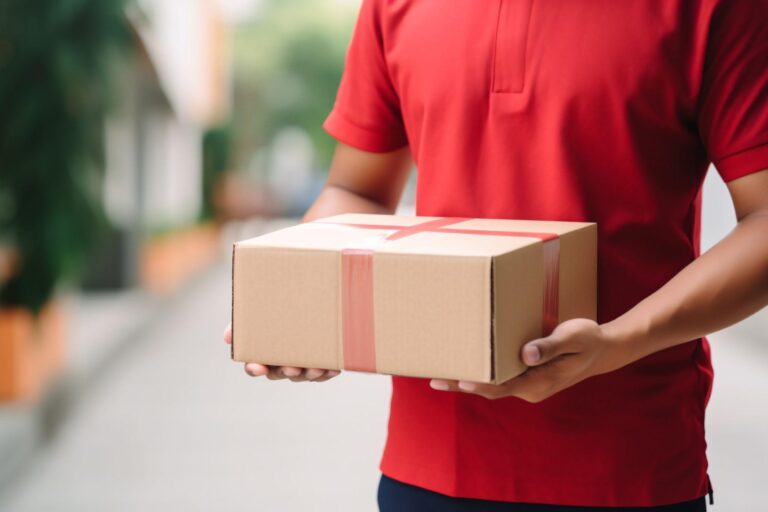
Shipping to South Korea can be a straightforward process under the right circumstances. Regardless of whether you want to send presents to a loved one, products to customers, or documents, a minor detail can lead to unwanted delays, additional expenses, or the seizure of a product. To minimize shipping issues, it is essential to identify and avoid the most common pitfalls employed by many senders.
6 Mistakes and How to Avoid Them
Mailing items to any country requires taking certain steps. If you need to send a parcel to South Korea, you must ensure certain things are done. Below are of the top errors to avoid while mailing items to South Korea.
Disregarding the South Korean customs
Another common mistake in sending packages abroad is failing to research customs regulations. South Korea has very rigorous rules regarding what is eligible for import and what is not.
Part of what may not be carried but must be approved is fresh food, animal products, and certain electronics. Such may delay or even reject your package at the border should they have any of these.
Ensure your parcel does not contain anything prohibited or restricted by checking the official customs list. In case of doubt, always consult a local courier or customs office for clarification.
Faulty or incorrect addressing
The South Korean address has a different structure from that used in Western countries. The other most common error is mailing addresses in the incorrect order or omitting the most important parts of an address, including the full name of the recipient, postcode, or house/apartment/flat number. Even a minor mistake can lead to a delivery failure.
Enter the address format of South Korea :
- Recipient’s Name ;
- Apartment/Building Name, Room number ;
- Street (with neighbourhood or district) ;
- City, Province ;
- Postal Code ;
- South Korea.
To minimize the possibility of misinterpretation, please request that your recipient provide their email address in both Korean and Romanized forms.
Misconducts on customs declaration
Poorly filled-in customs declaration forms delay and hold many packages. Failure to fill in fields, undervaluing goods to evade duty, or incorrect marking of contents are among the common errors.
Tell the truth and be precise. Include:
- A simple explanation of what is in the contents (e.g., used clothing or a handmade necklace) ;
- The correct value in dollars or local currency ;
- Purpose (gift, sale, personal use) and quantity.
Note that it is with this form that customs officers will evaluate the package; thus, take care to ensure that everything is clear and transparent.
Applying improper packaging
The disadvantage of delicate packaging is that items may be damaged during long-distance transportation. The shipping system in South Korea is reliable, although your package will undergo several handling procedures.
Fragile items should be packed in hard and two-walled Boxes. Wrap bubble wrap or foam cushion items and seal them with good, strong tape. Do not use deteriorated and used-up flap boxes.
Selecting the inappropriate method of shipping
Shipping is not equal. Others will choose the most convenient option, which is often the cheapest, without realizing that it may not be tracked or insured. Others spend money on expensive services on things that do not need such services.
Strike a balance between speed, cost, and tracking. If you are shipping valuable goods (e.g., documents or valuables), ensure it is a fully tracked and insured shipment. For non-urgent or low-value items, an economy option will suffice, provided it is traceable.
Neglecting national holidays and the delay of shipment
Due to this, many forget to take into account the public holidays in South Korea. Delivery trends may be disrupted due to national holidays, such as Seollal (Lunar New Year) or Chuseok (Korean Thanksgiving), which can result in delays.
Ensure that you take the South Korean holiday calendar into account and ship on the appropriate date, such as for time-sensitive cargoes.
Conclusion
Sending packages to South Korea does not have to be a headache. Most common mistakes can be easily avoided by knowing the rules of the local customs system, addressing the form properly, filling out the forms correctly, and selecting the appropriate packaging and delivery service.
One can never underestimate the importance of a small preparation to ensure a package is delivered safely and effectively on time.